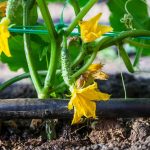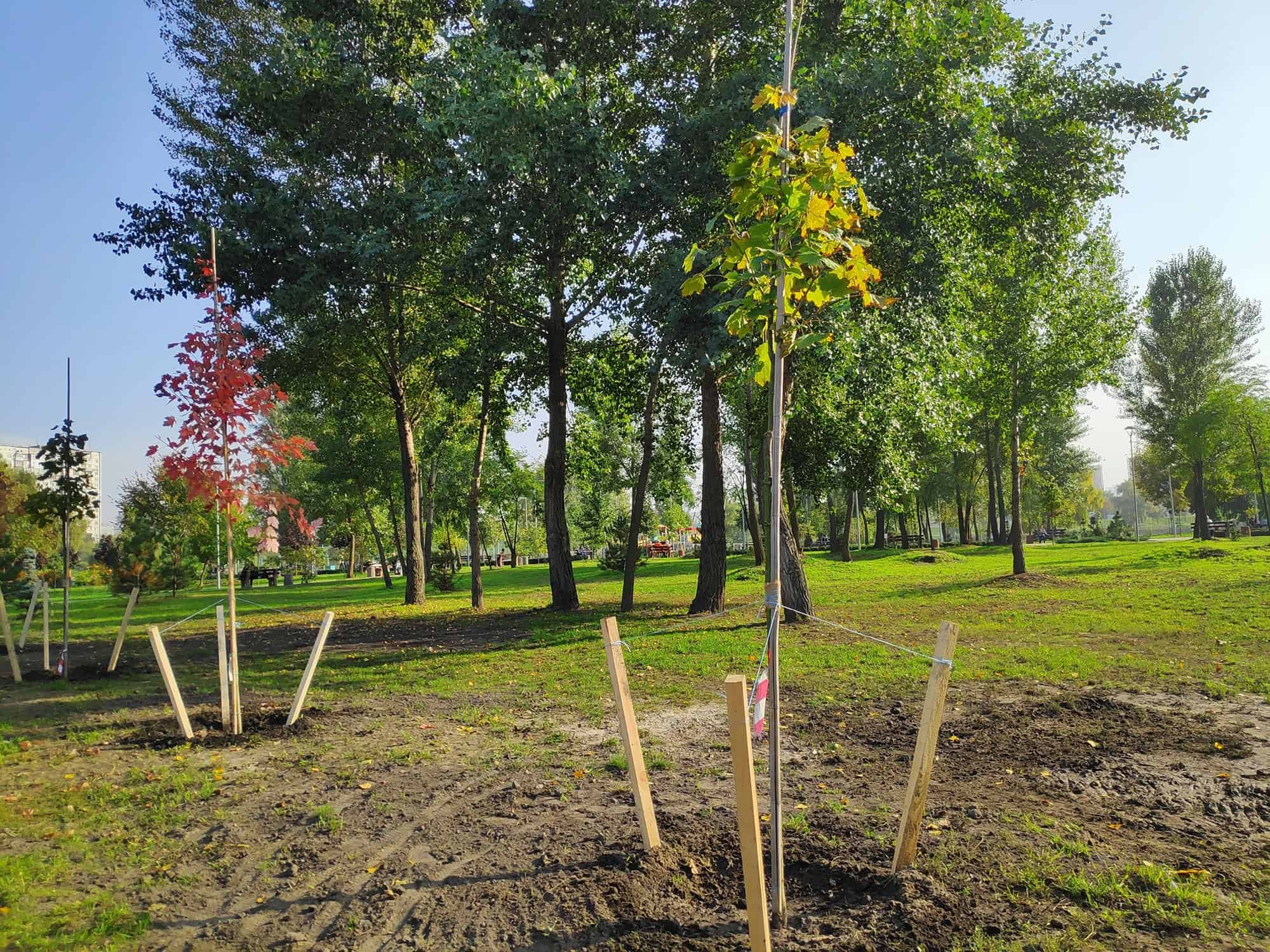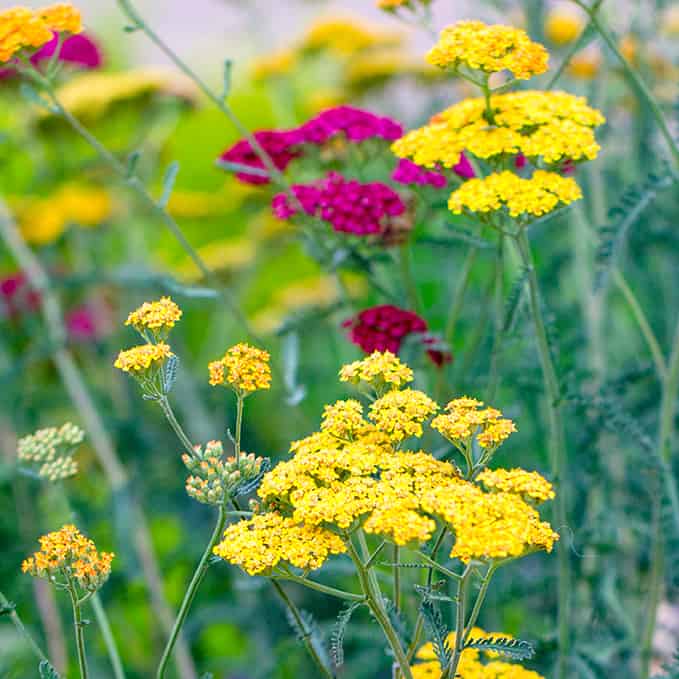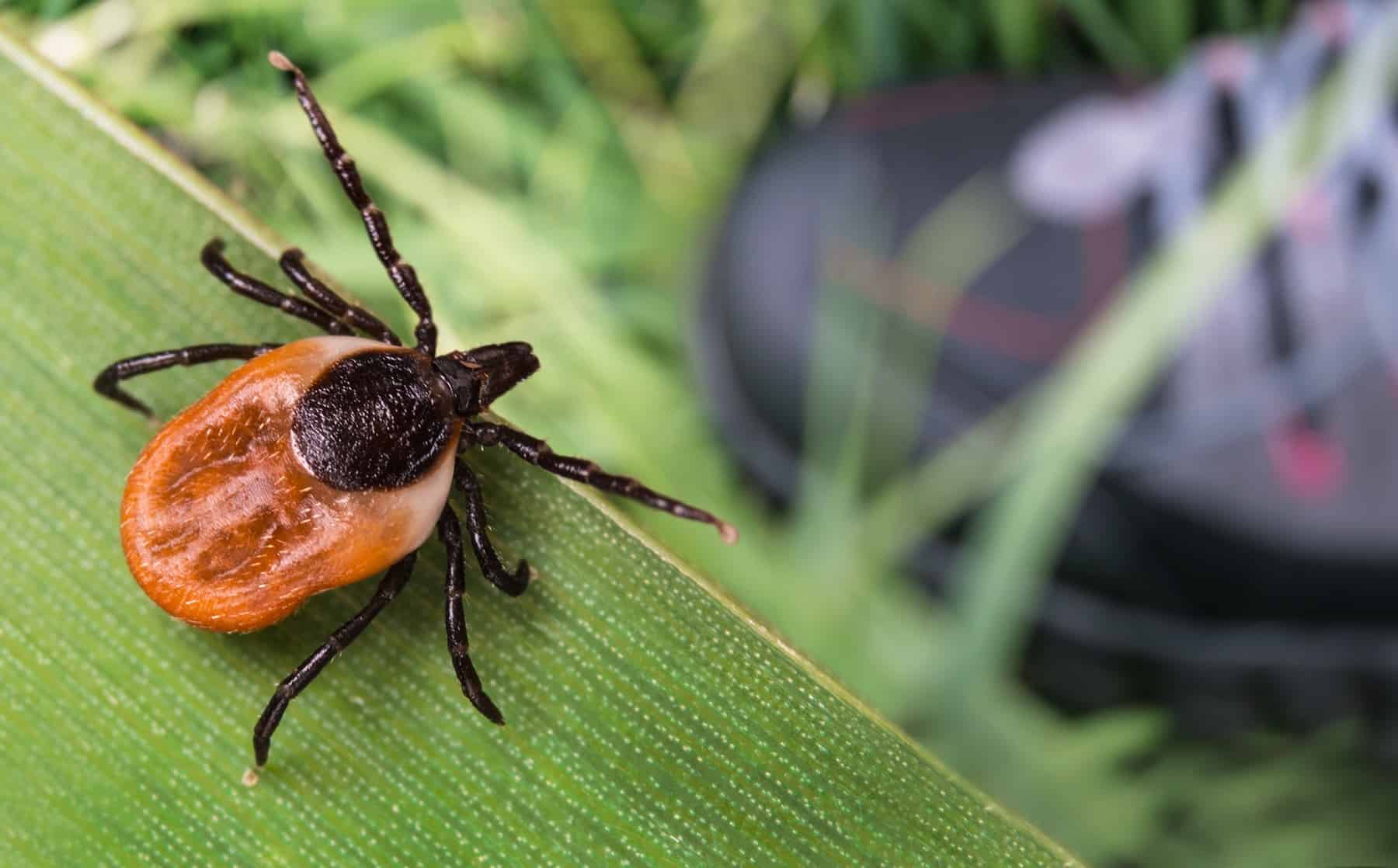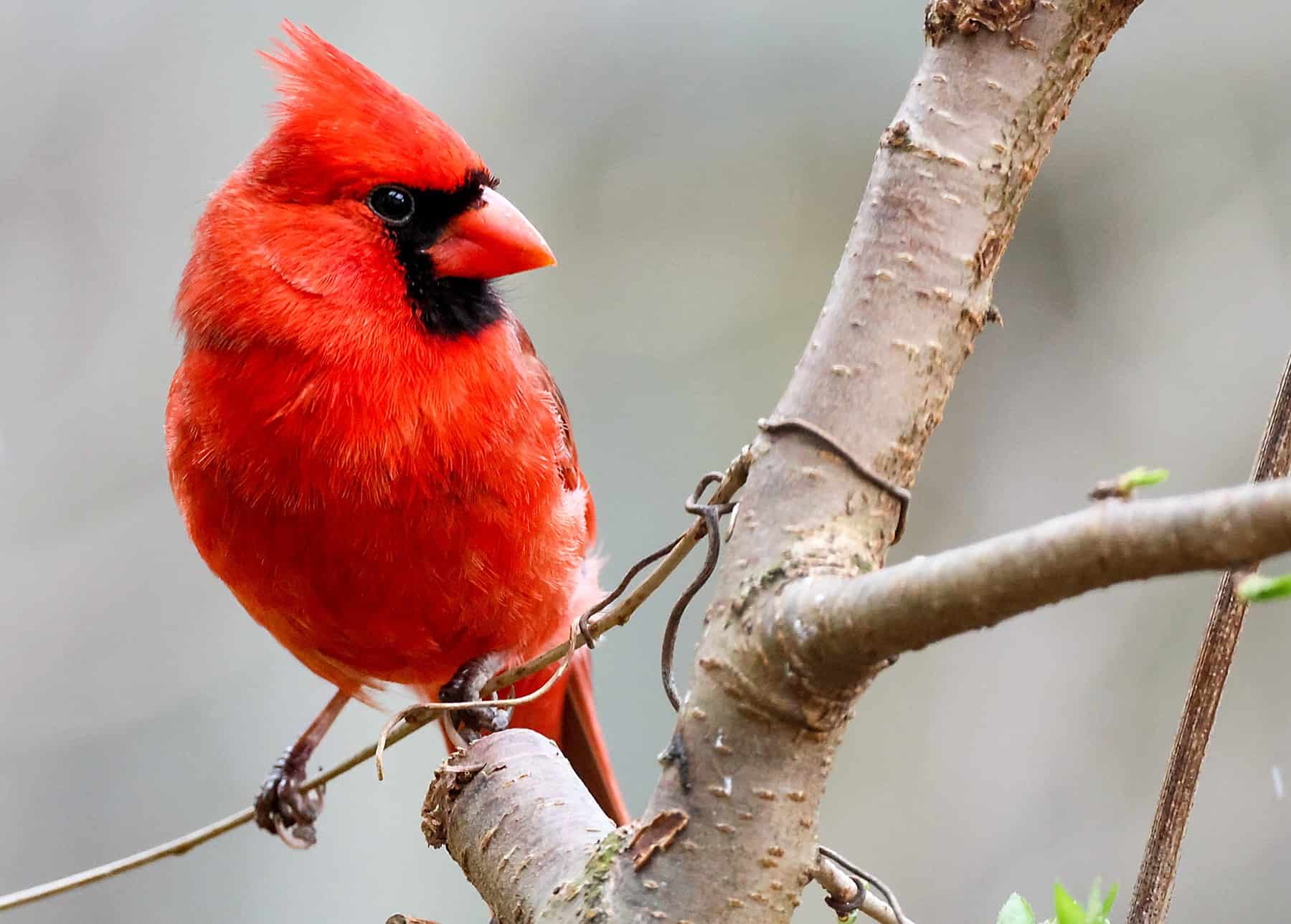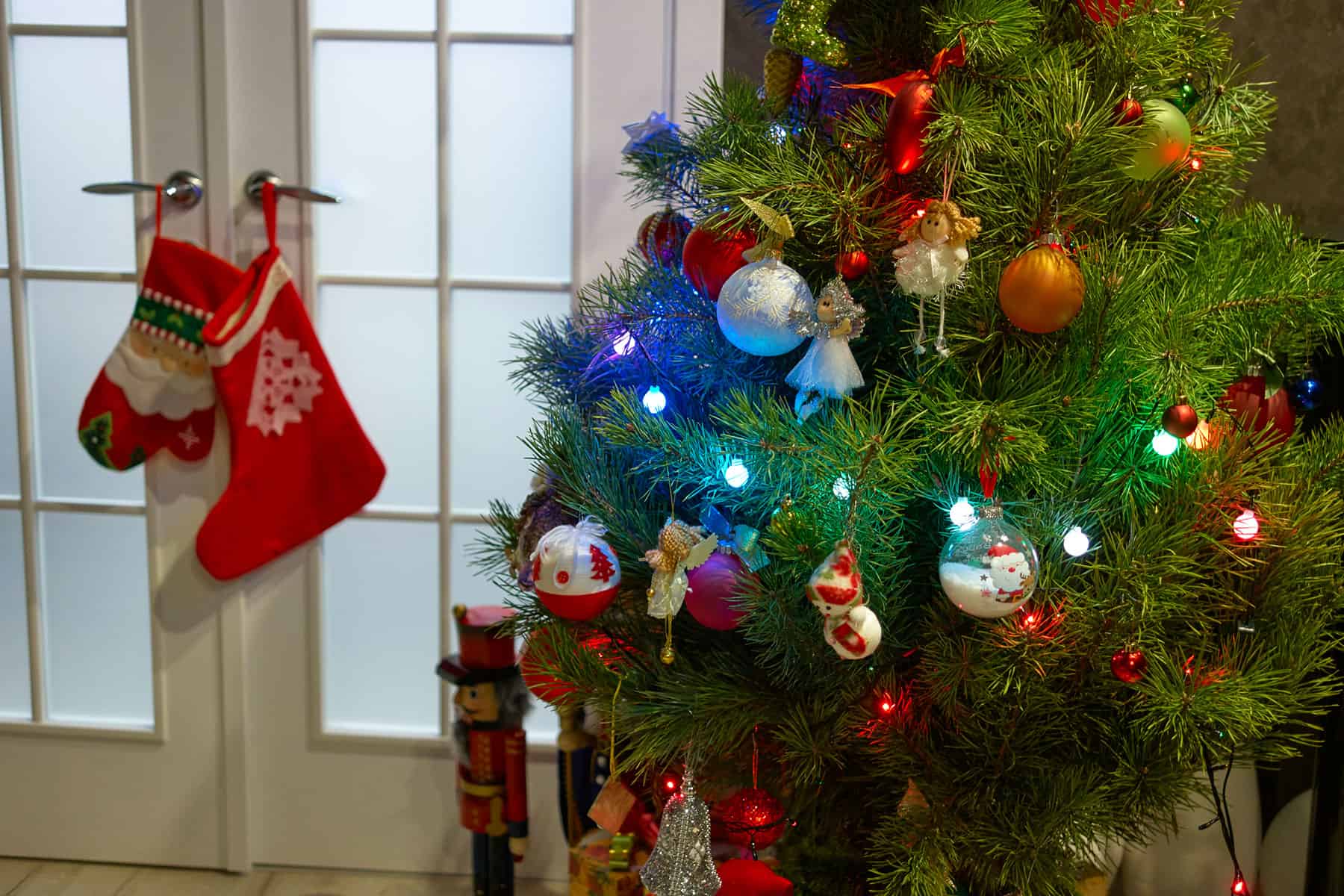[ad_1]
Timber needs to be staked after planting solely in sure conditions. This isn’t certainly one of them and can do the bushes extra hurt than good.
It’s a generations-long behavior for a lot of gardeners and landscapers, however 90% of the time, a brand new tree wants no staking. Actually, staking a sapling often does extra hurt than good.
I see it all over the place, each spring: newly planted bushes staked with wires like they’re being held prisoner. I give every tree a look, and it’s evident that the majority are planted too deep – no root flare may be seen. And on the base of the trunk, the burlap that surrounded the basis ball is peeking up from the soil (burlap ought to at all times be eliminated as a result of it doesn’t decompose within the planting gap).
Poor tree – it gained’t be on this world for lengthy. That is the form of “shade” I throw when strolling my canine – silently and with a watch roll, in fact.
Why staking may be dangerous to a tree
Staking a tree that doesn’t want it may well do extra hurt than good. Motion of the trunk helps strengthen it by thickening it and giving it taper from backside to prime. Trunk motion additionally stimulates root progress. So though staked bushes would possibly develop taller quicker than their unstaked counterparts, their trunks are weaker and their root methods are much less developed.
It appears logical {that a} sapling would possibly want slightly assist to stay straight and upright in its first few seasons. However offering assist is counterproductive to long-term tree well being and what’s occurring underground.
Once you stake a tree, a dependent relationship is created between the tree and its stakes. The result’s the sapling doesn’t develop correctly. Particularly, its trunk and roots don’t develop as wanted for the location.
Staking additionally restricts the event of the xylem, the vascular tissue that conducts water and vitamins up from the roots and helps kind wooden. The tree can also develop wounds because the wires or materials rub towards the younger bark.
The basis of the issue
When it has “assist” through wires and stakes, the tree has no must develop a strong root system and a robust trunk that may anchor it by thick and skinny. When supported with stakes, the tree will develop tall however not as sturdy or broad because it must be for the location. Later, once you take away the stakes, the undeveloped trunk and roots make the tree susceptible to straightforward breakage of limbs and could also be blown down in excessive winds or hurricane. Conversely, when a tree shouldn’t be staked, it responds independently to water, gentle, and wind and its trunk and roots grows accordingly.
Linda Chalker Scott from the College of Washington offers a great rationalization: “A comparative instance is what’s seen when forests are cleared for housing growth. A couple of bushes close to the middle of the stand are left on the heaps; these bushes are tall and thin with well-developed crowns. However within the first good windstorm, down these bushes come. They’ve misplaced the supportive safety of the encompassing bushes and are unable to face alone.” (see the hyperlink under for her article on staking)
Staking a tree could cause different issues, too
Moreover, improper staking could cause extreme injury to the tree. Suppose the tree is tied too tightly to the stake. In that case the tree can develop into girdled, that means the bark is unintentionally eliminated in a strip round its circumference. This weakens and generally kills the tree. On the very least, it limits the tree’s progress and long-term well being.
Too-tight staking can even trigger the tree’s trunk to develop erratically. If the trunk above the wires can transfer, however not under, the higher portion of the trunk could develop into thicker than the trunk under the wires. This impacts the sleek journey of water and vitamins up and down the trunk. Conversely, when a tree is tied too loosely, the bark is continually rubbed, which can trigger wounds that by no means heal appropriately.
When is it okay to stake a tree?
Typically, it’s completely right to stake a tree:
- If the sapling’s root ball is underdeveloped in comparison with the trunk and crown. However in the event you uncover that is the case with a tree to procure at a nursery, you must return it asap, because it signifies improper care. Planting it could result in a bunch of different issues.
- In the event you’re planting on a slope, in very moist soil, or on an especially windy web site.
- In the event you’re planting in containers on a rooftop backyard, the place the tree can be uncovered to wind. In a container, the roots don’t have sufficient soil to anchor correctly, so further assist is suitable.
- In city areas the place there may be poor soil (from air pollution, foot visitors, and so on.) In these areas, stake the tree for the primary season and supply free safety across the trunk to protect towards individuals, animals, and mechanical gear. After the primary season, take away the stakes and wires. It’s non-obligatory to depart the trunk guard on, nevertheless it have to be resized each season to permit for trunk progress.
- In sure agricultural rising circumstances, like dwarf apple bushes.
- In decorative gardens the place the bushes are being formed.
If the state of affairs is suitable and a panorama tree requires staking the primary season, use sturdy metallic or wooden stakes to anchor the tree. By no means use wire or rope between the stakes and the tree as it could injury the bark in severe methods. As an alternative, use a comfortable materials comparable to outdated t-shirt cloth or outdated pantyhose. The tree wants to maneuver, not be held captive and the comfortable materials gained’t injury the bark.
Take away the stakes as quickly as attainable so the tree can develop appropriately. To find out if the tree is prepared, push gently on the trunk and have a look at the basis space. The tree ought to seem anchored, and the basis ball shouldn’t be transferring. If that’s what you see, take away the stakes.
Sources: The Delusion of Staking, Linda Chalker-Scott, Washington State College (pdf obtain); To Stake or Not To Stake, Effective Gardening; Dos and Don’ts of Tree Staking, LSU Ag Heart; Stake or Not To Stake, That’s The Query?, Purdue College Panorama Report.
[ad_2]



